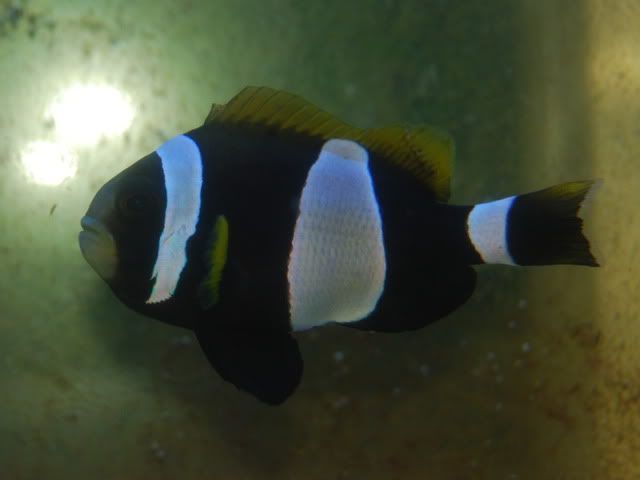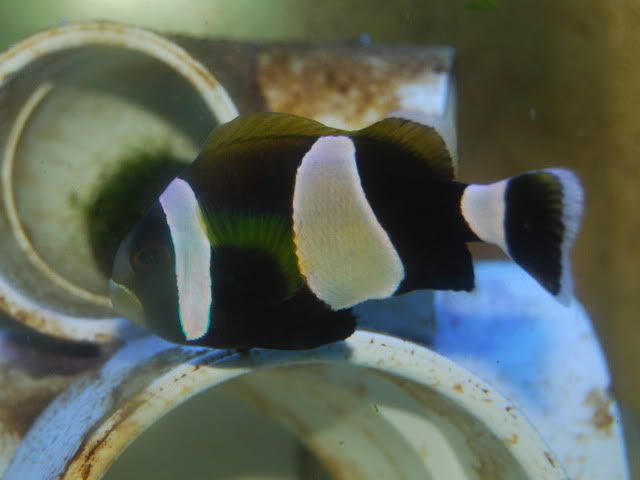Leebca,
I might have overlooked it but I cannot find any information regarding formalin treatments; and the "formalin, friend or foe" link is broken.
I have a pair of wild caught A. Latezonatus clowns. I first placed them in a large 60 gallon QT which has sand and rock. I performed 30 min formalin (37% @ 1ml/gal) dips every other day for a total of 3 dips. Meanwhile, I treated them for five days with Maracyn two saltwater because the female had a red streak on her tail and her left eye had popeye.
They have since been moved from the 60 gal tank into a 29 gallon bare bottom and are now in day 2 of a Cupramine treatment. Although they are eating great, breathing normal, and their skin does look better, one still has a few "hazy" spots on its skin. Possible damage from netting & the prior formalin dips?...
My concern is that they could have brooklynella and might need to be switched to a long term formalin bath since copper does not kill brook.
At what point do I switch treatments?
When/if I see them gasping for air? Or if their skin patches spread?
Would I do a large water change and then begin the formalin bath?
Would the residual copper be toxic with the formalin?
Thanks in advance!
Here they are upon arrival and prior to the formalin dips and Maracyn-two treatment:
female with left eye (pop-eye)
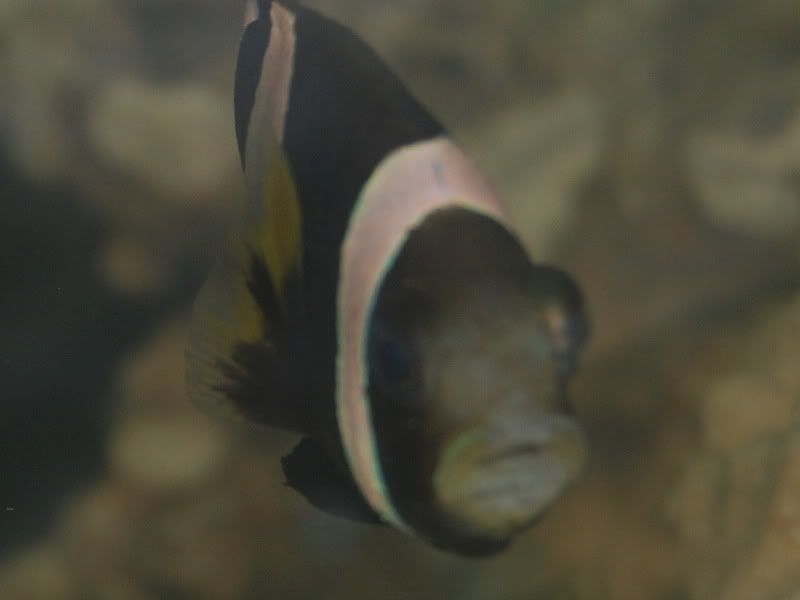
This skin haze got worse so I began the formalin dips:
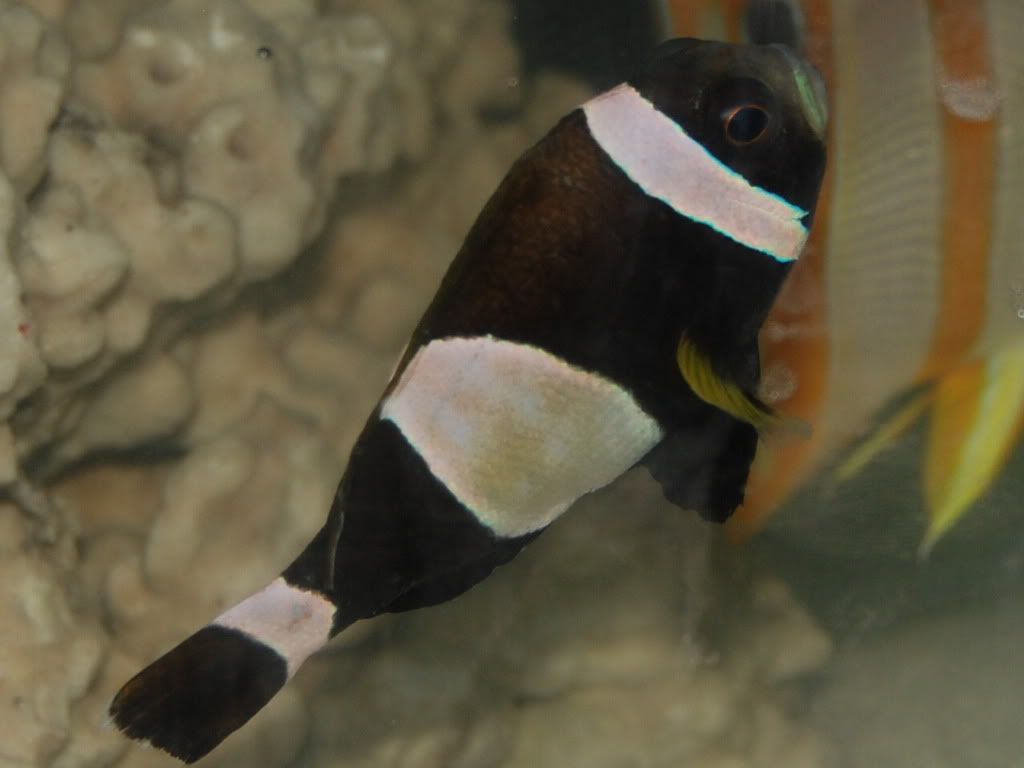
I might have overlooked it but I cannot find any information regarding formalin treatments; and the "formalin, friend or foe" link is broken.
I have a pair of wild caught A. Latezonatus clowns. I first placed them in a large 60 gallon QT which has sand and rock. I performed 30 min formalin (37% @ 1ml/gal) dips every other day for a total of 3 dips. Meanwhile, I treated them for five days with Maracyn two saltwater because the female had a red streak on her tail and her left eye had popeye.
They have since been moved from the 60 gal tank into a 29 gallon bare bottom and are now in day 2 of a Cupramine treatment. Although they are eating great, breathing normal, and their skin does look better, one still has a few "hazy" spots on its skin. Possible damage from netting & the prior formalin dips?...
My concern is that they could have brooklynella and might need to be switched to a long term formalin bath since copper does not kill brook.
At what point do I switch treatments?
When/if I see them gasping for air? Or if their skin patches spread?
Would I do a large water change and then begin the formalin bath?
Would the residual copper be toxic with the formalin?
Thanks in advance!
Here they are upon arrival and prior to the formalin dips and Maracyn-two treatment:
female with left eye (pop-eye)

This skin haze got worse so I began the formalin dips:



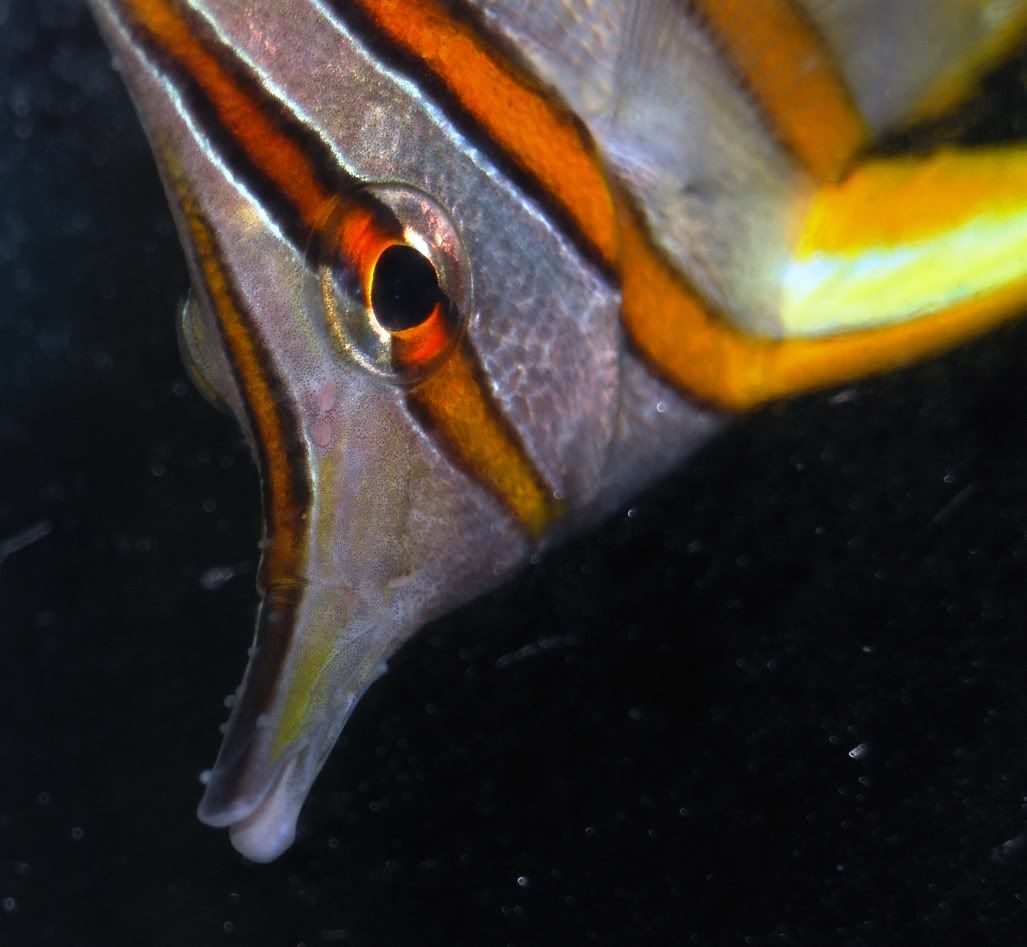
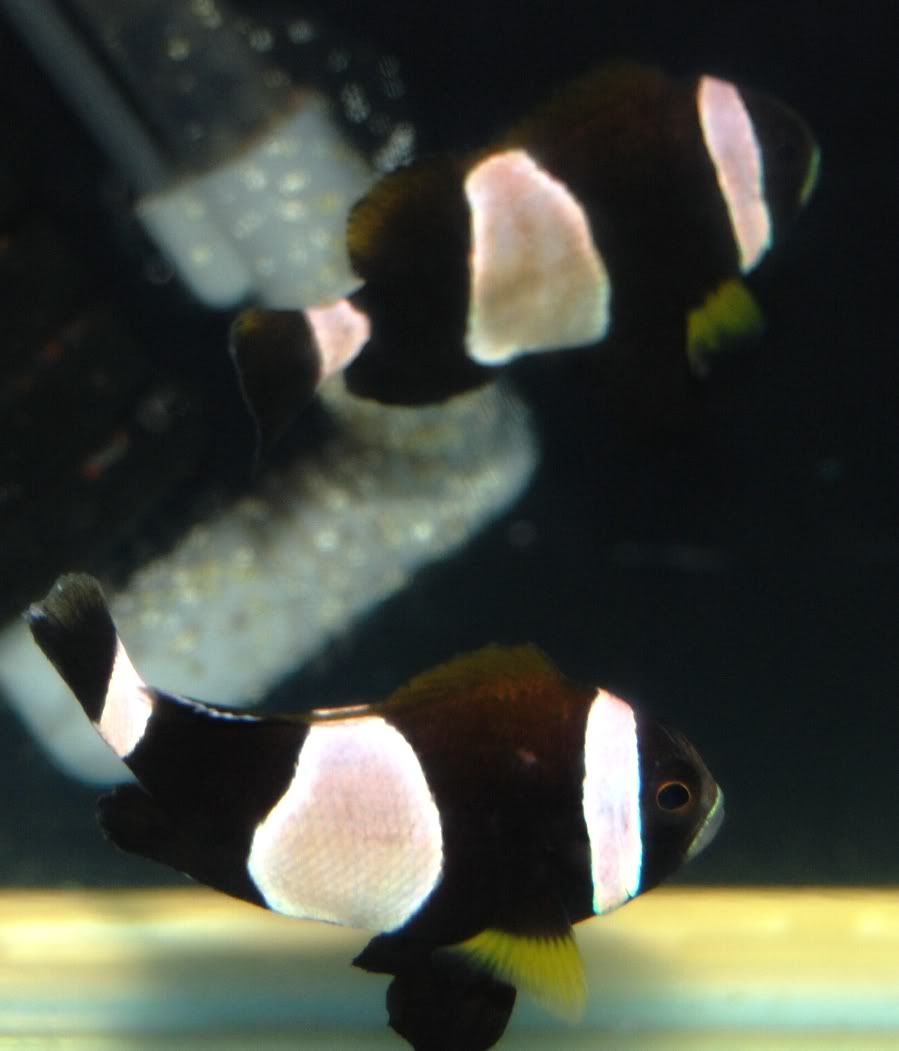
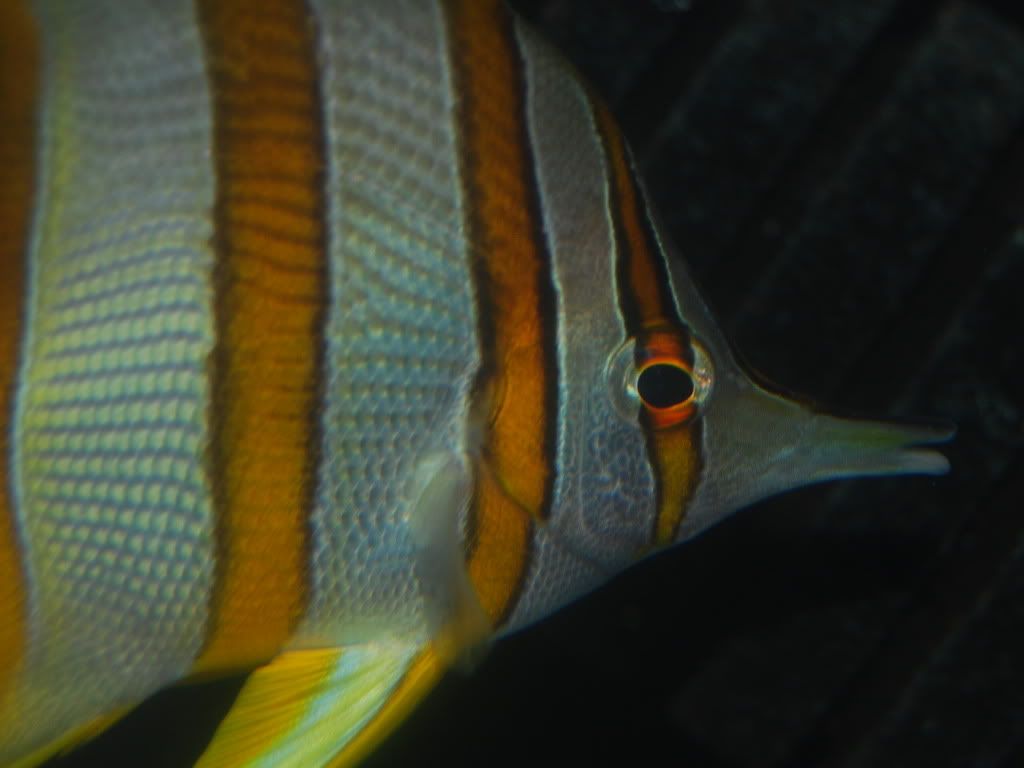
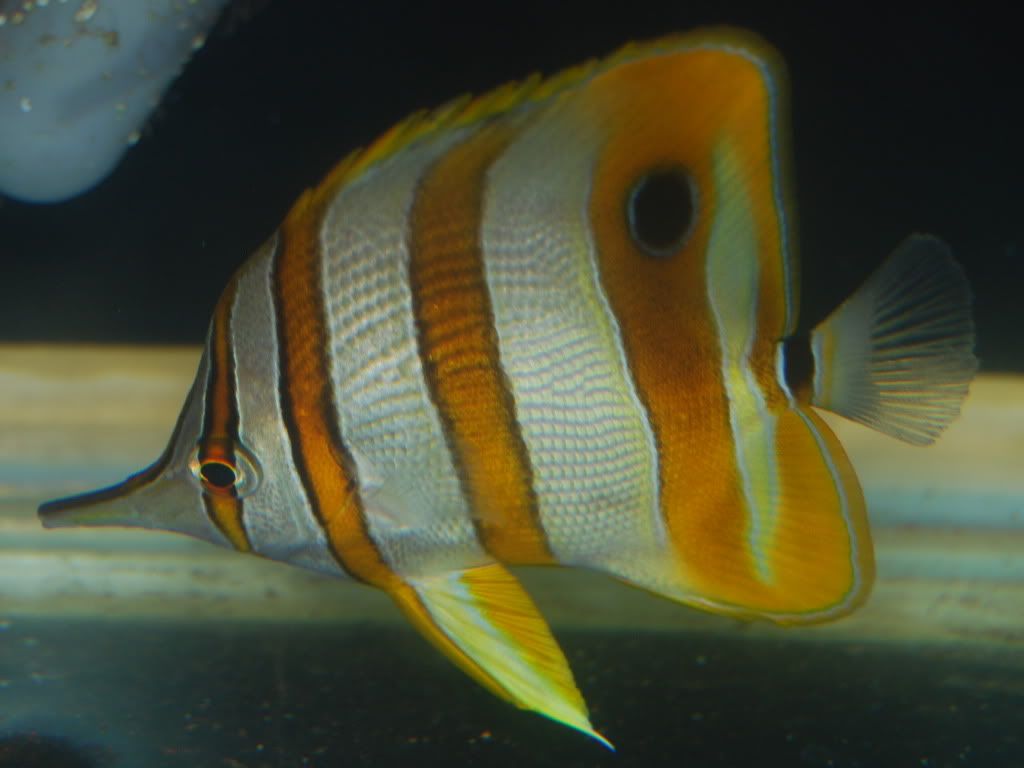
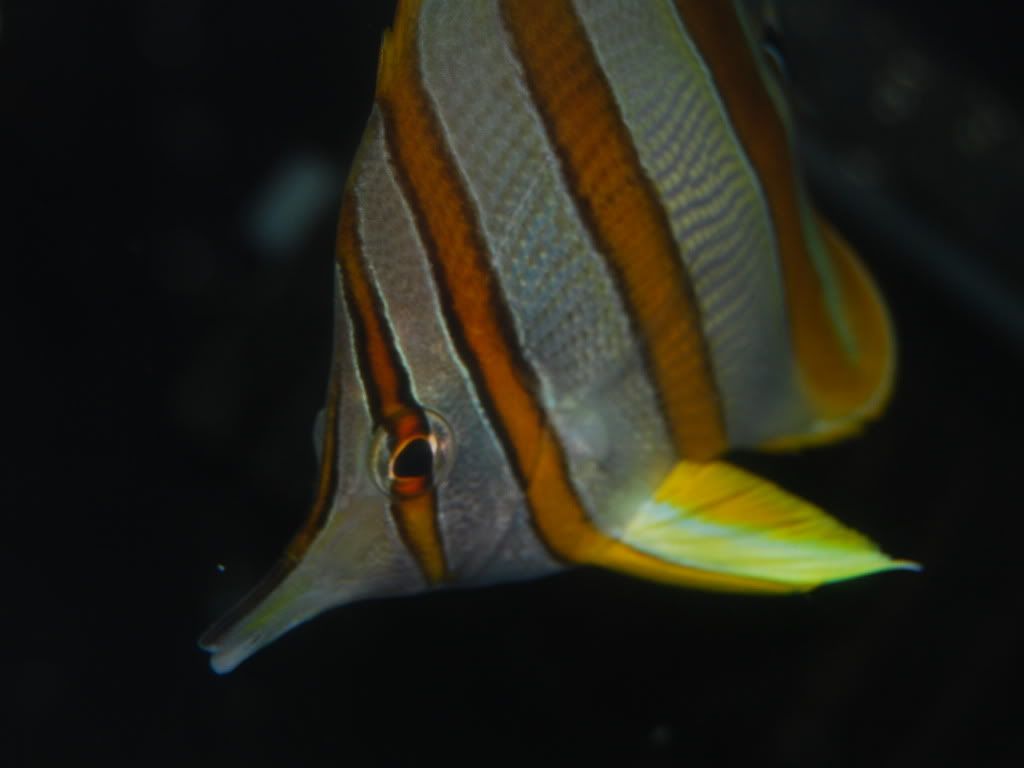
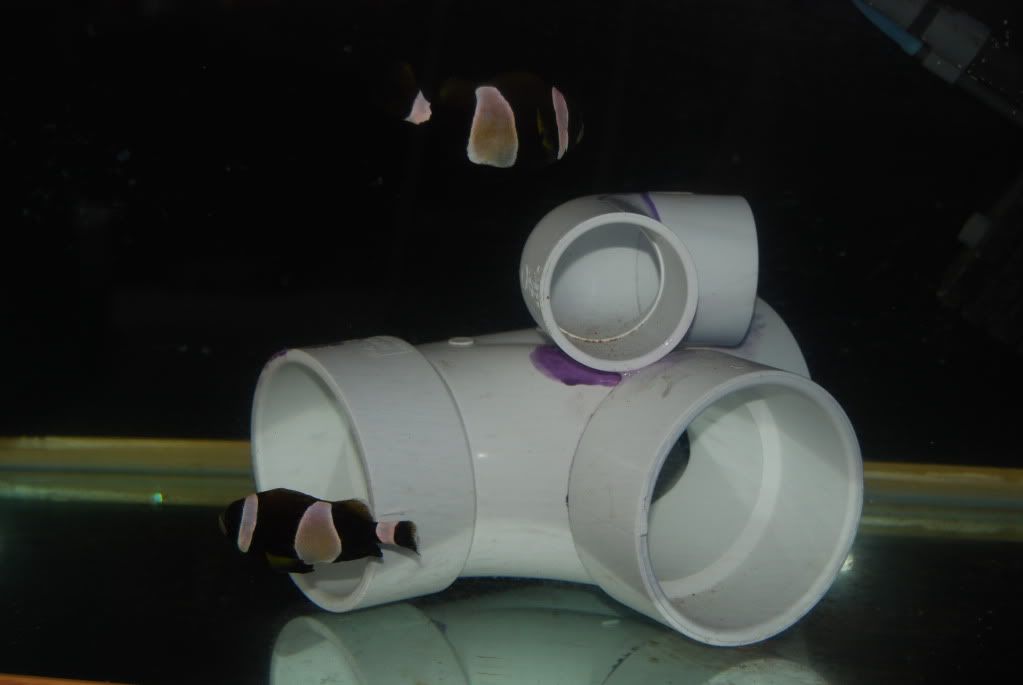
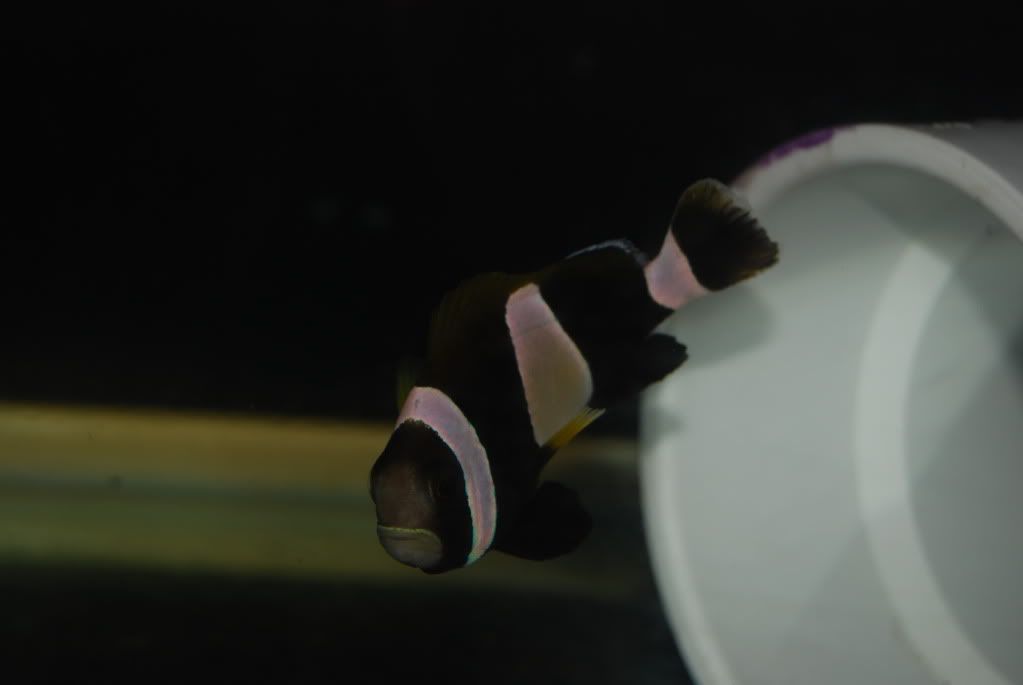

 They only have about 4 more days of the Cupramine treatment left!
They only have about 4 more days of the Cupramine treatment left!